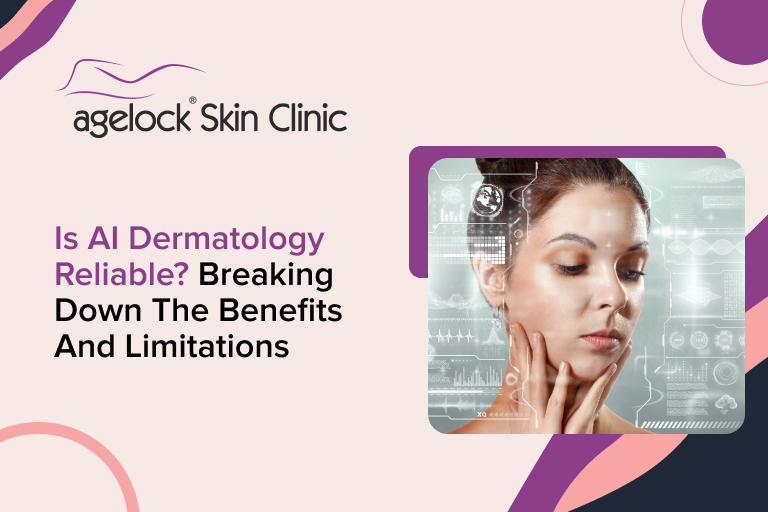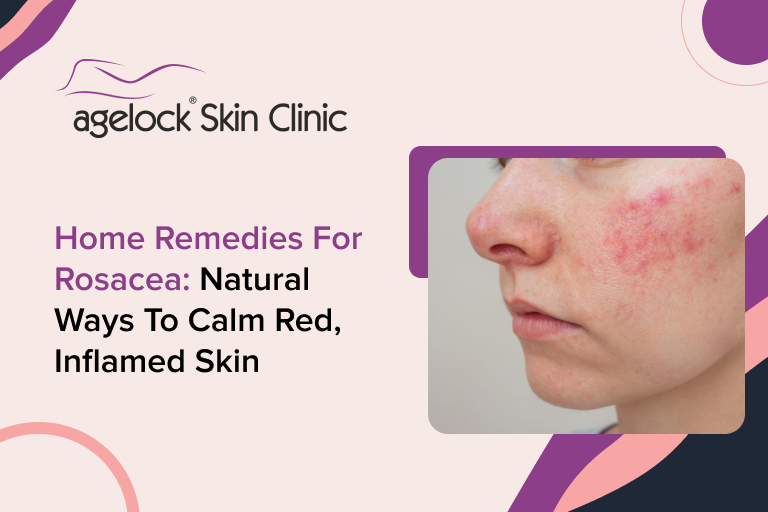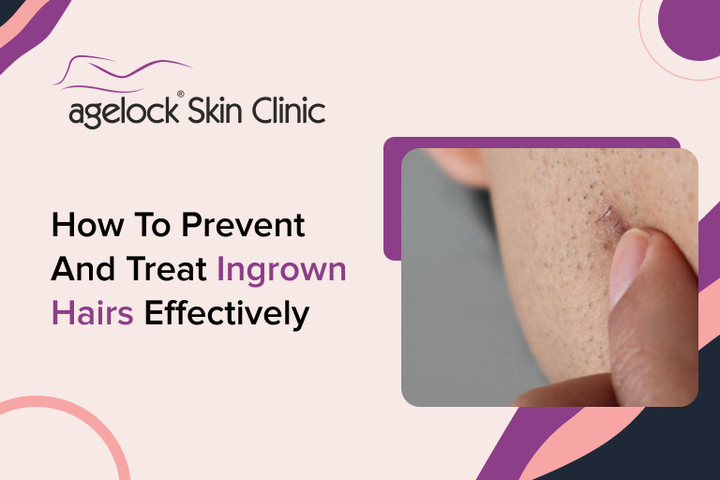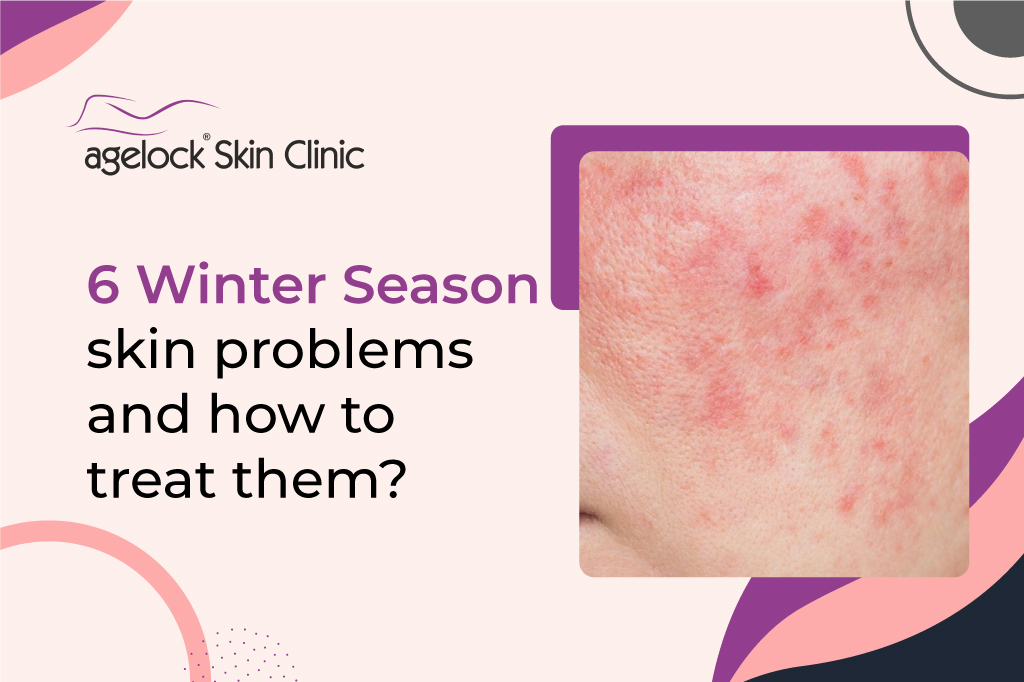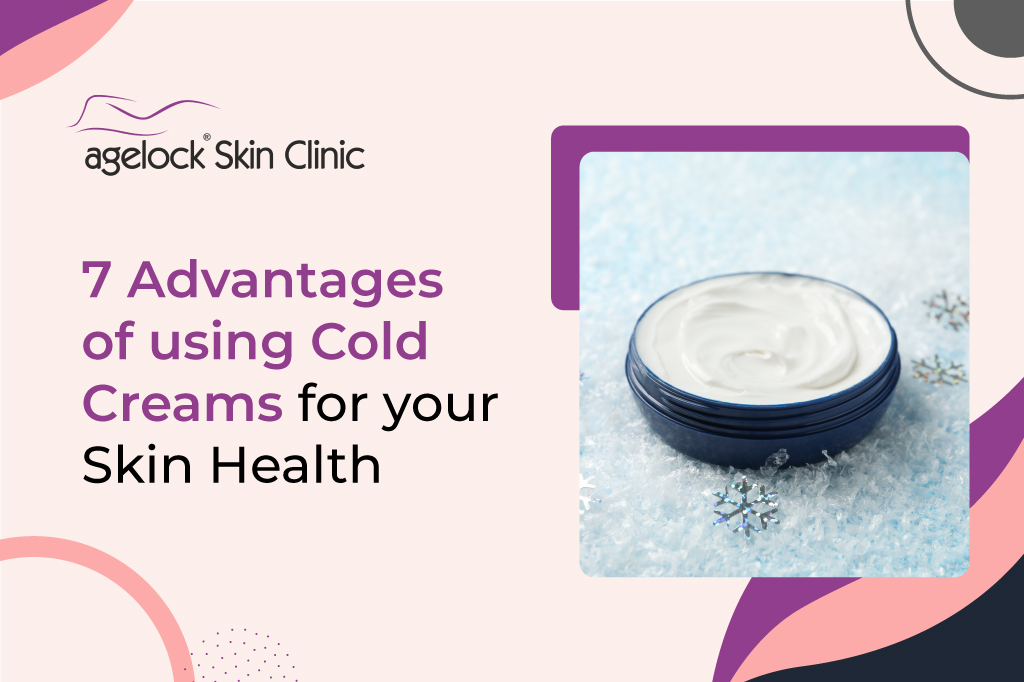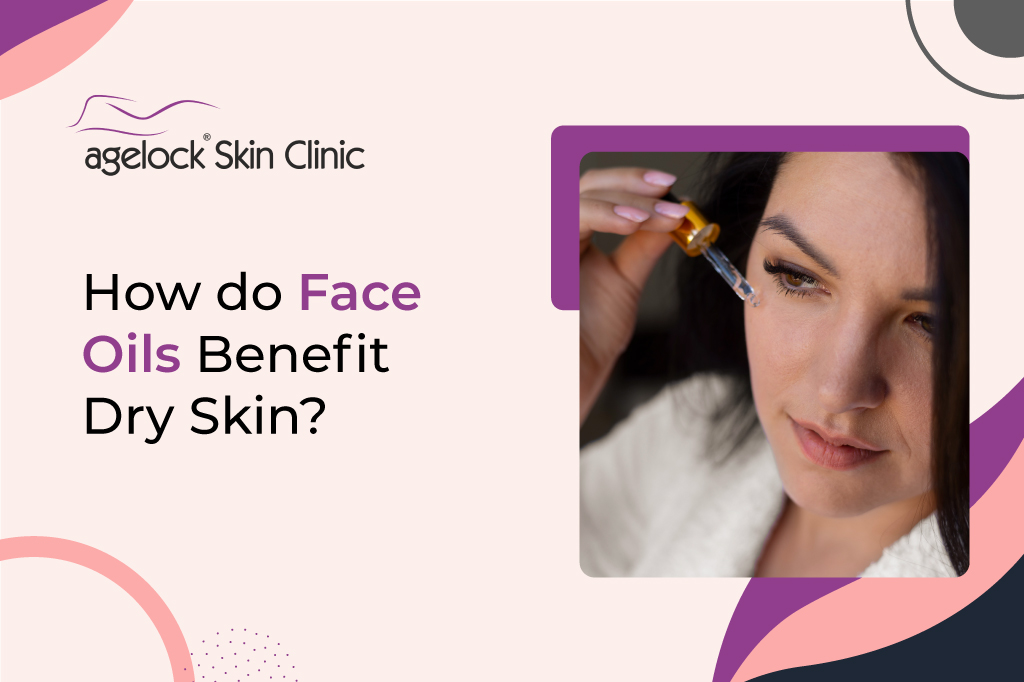Applying a chemical solution to the skin removes the outermost layers of the skin during a chemical peel. After the procedure, the skin regeneration results in typically softer skin. To get the best outcome, you can opt for a light or medium peel twice or more.
Chemical peels are used to treat scars, wrinkles and discoloured skin on the face. This can either be performed separately or in conjunction with other cosmetic treatments. This can also be done at different depths, from the surface to very deep.
Deeper chemical peels give out more realistic effects, but they also require more time to heal.
Conditions that are treated
Chemical peels are used to treat certain skin disorders or to improve the tone and texture of your skin in order to enhance your look.
- Wrinkles caused by ageing, heredity, and sun damage, as well as fine lines around the lips or beneath the eyes.
- Most types of acne.
- Freckles, liver spots, age spots, sun spots, and uneven skin tones with minimal scarring.
- Precancerous scaly lesions are known as actinic keratosis can be treated
- Dry skin, scaly spots, and a dull complexion.
- Using birth control pills or getting pregnant both cause melasma which can be effectively treated.
Types of chemical peel
The degree of skin damage that a chemical peel causes serve as a general definition of the procedure. They are divided into three categories: shallow (lunchtime peel), medium, and deep. The most superficial skin layer, the epidermis, is unaffected by superficial peels.
The superficial layer of the dermis, the deeper layer of the skin, may be reached by medium peels. Deep peels typically penetrate the deeper dermal layers.
1) Peels with light chemicals
All skin types can use them because they are the mildest kind of peel. They improve the appearance of acne scars, skin texture, and the impacts of sun exposure while being extremely safe and exfoliating the epidermis or top layer of skin.
Even over-the-counter versions of some of these peels are readily available. Scarring and skin burns are extremely uncommon or nonexistent with these peels.
2) Medium Chemical Peels
They reach the upper and middle layers of the dermis of the skin, going deeper into the skin than light peels. They possess exceptional qualities that not only aid in the acne treatment but also smooth out fine lines and improve pigmentation issues like age spots and sun damage.
These peels must be administered by a dermatologist who can assess the skin issue and treat it appropriately.
3) Deep Chemical Peels
They have the most impact since they penetrate the skin deeper. Only one of these peels can be applied. Thorough chemical peels can also remove precancerous growths while helping to reduce deep and coarse wrinkles.
These skin peels can be used to treat skin that has suffered significant sun damage.
Phenol, sometimes referred to as carbolic acid, is typically used in their execution. While phenol can be used in its purest form, it can also be combined with other substances to make a more potent remedy, such as water, soap, olive oil, or croton oil.
Here are some advantages of chemical face peels:
- Chemical peel treatments can smooth out wrinkles and minimise the look of fine lines on your face.
- The skilful blending of acids effectively repairs skin damage and replenishes suppleness.
- Skin patches and discolouration can occur for a variety of reasons outside of our control, including sun exposure and drugs.
- Yet, frequent face peels might help you regain your natural radiance. The discoloured epidermis is removed with the aid of the acids’ potent concentrations.
- The straightforward chemical peel can save you if you are terrified of needles and machinery.
- Even if the results are amazing, this non-invasive skin care treatment only needs a few minutes.
- Before you accuse another moisturiser of failing to do its job properly, consider whether your skin is open to the idea.
- A chemical peel treatment deeply unclogs pores by penetrating skin layers, clearing the skin, and improving product absorption.
Conclusion
Your new skin is delicate and more prone to problems. To lessen the possibility of problems and aberrant skin colour following your peel, your doctor will provide you with post-treatment advice.
Call your skin doctor if your skin burns, itches, or swells. Your skin could become infected if you scratch it.


